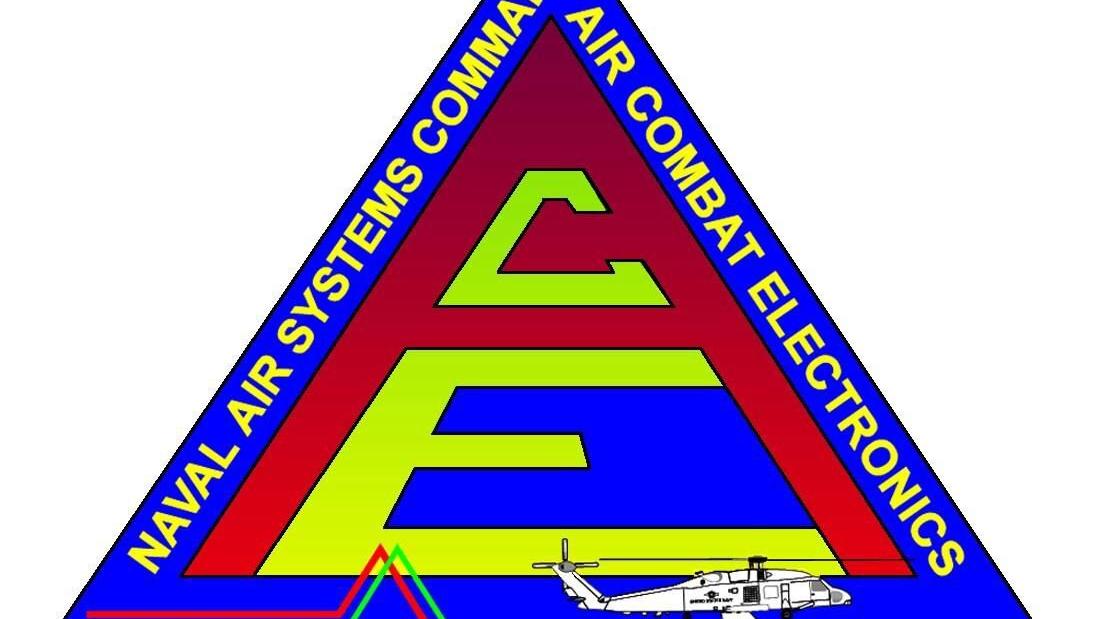SDR Applications and Use Cases
Traditional radio communication systems rely on hardware that is designed to serve a single purpose. Upgrading these systems to meet new requirements is costly and time-consuming.
SDR technology decouples hardware and software, allowing for the addition of advanced digital-signal processing capabilities in a platform-agnostic manner. This flexibility allows for a wide range of applications and uses.
Space Applications
The space industry is turning to SDR technology for a variety of reasons. SDRs offer the flexibility to work on different frequencies and modulation schemes, making them a good choice for different communication scenarios. In addition, they can be upgraded through software instead of replacing hardware components, saving time and money.
SDRs use high-speed reprogrammable devices such as digital signal processors and field programmable gate arrays to perform tasks traditionally performed by hardware in conventional radio systems. This approach is similar to desktop computing where the same hardware platform can be used for different applications through the installation of software.
Most modern SDRs have a digital backend consisting of a field-programmable gate array (FPGA) that performs essentially all the radio functions such as up/down-converting, modulation and demodulation, filtering, and data processing. These systems also typically feature 4 x 100Gbps over qSFP+ transceivers for data backhaul to the host system. These high-throughput SDRs are commonly found in spectrum monitoring, 5G communications and EW/SIGINT.
5G Applications
The ever-evolving RF technologies of the 5G era require huge efforts in test and measurement (T&M), critical to accurate assessments, product certification, and speedy development. Conventional T&M techniques require multiple specialized devices and are difficult to upgrade, but SDRs enable a much more flexible approach with automation features.
SDRs implement the functions normally performed by hardware components such as mixers, filters, amplifiers, demodulators and modulators in software or firmware. This allows them to operate at very high frequencies and with complex RF signal processing, without the need for large analog components in the receiver RF front end (RFFE).
SDRs can also perform multiple tasks simultaneously – including spectrum and time-domain analysis – operating synchronously under a customized application. This can greatly increase the data acquisition rate and accuracy. Furthermore, the digital nature of SDRs makes them more resistant to interference from external signals and easier to optimize in terms of power consumption and performance. This is especially important for mobile applications such as repeaters, small cells and smartphones.
Communication Systems Applications
In traditional communication systems, a single hardware platform carries out a wide variety of functions based on the software applications that are loaded. SDRs use high-speed reprogrammable devices such as digital signal processors (DSP), field programmable gate arrays (FPGA) and general-purpose processors to perform the tasks that previously required expensive and complex hardware components.
In remote environments with limited infrastructure, SDRs enable military personnel or emergency responders to establish reliable communication links. Their cognitive capabilities can monitor the electromagnetic spectrum and automatically change frequency bands and modulation techniques to optimize transmission range and minimize interference with nearby devices.
SDRs also facilitate communication between off-shore oil and gas platforms and onshore control centers. They can help to reduce operating costs and downtime by remotely monitoring critical equipment and enabling real-time feedback to improve productivity and safety. SDRs can also support 5G network slicing by providing access to the core network with lower latency. This allows for the development of new services that meet specific user needs.
Defense Applications
Defense applications requiring wide instantaneous bandwidth capturing, spectrum monitoring, and other forms of electronic warfare (EW) or signal intelligence (SIGINT) often incorporate SDRs. These devices can be used to monitor RF spectrum for jamming, spoofing, and other forms of interference, while incorporating cognitive capabilities for intelligent spectrum management.
These SDRs are usually constructed from commercial off-the-shelf components, allowing them to be upgraded with new waveforms or DSP algorithms as required. They can also use standardized software architecture, such as APIs and CORBA, to ensure complete waveform portability on different hardware platforms. In addition, they can incorporate SCA-based infrastructure software to speed up the development process. Additionally, they can implement advanced features like spread spectrum technologies and other anti-detection techniques to prevent detection, increase resistance to jamming, and mitigate the effects of non-line-of-sight communications. They can also incorporate data packetization and error correction coding in software, which reduces latency and improves network security. This flexibility makes them ideal for a variety of military applications.





Comments are closed.